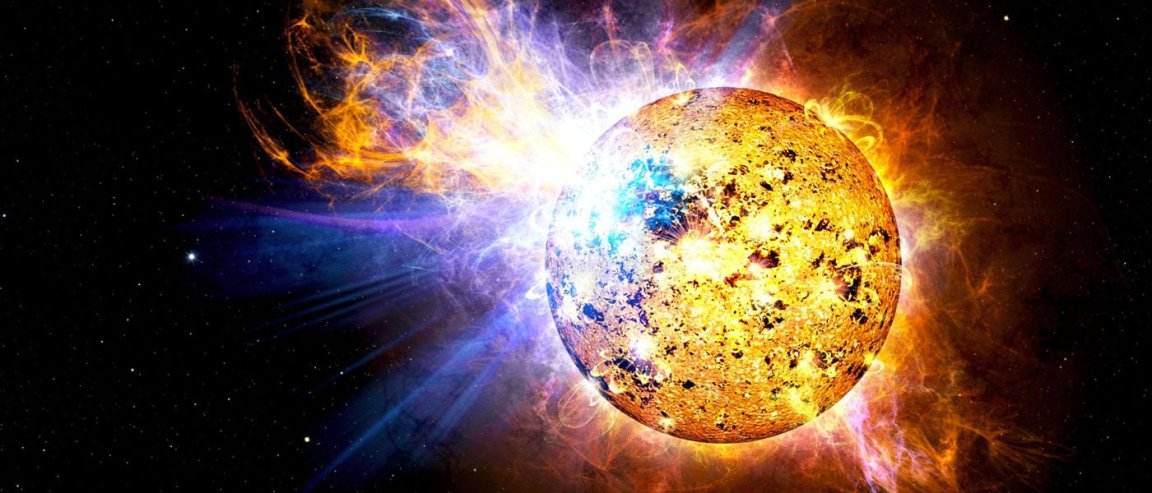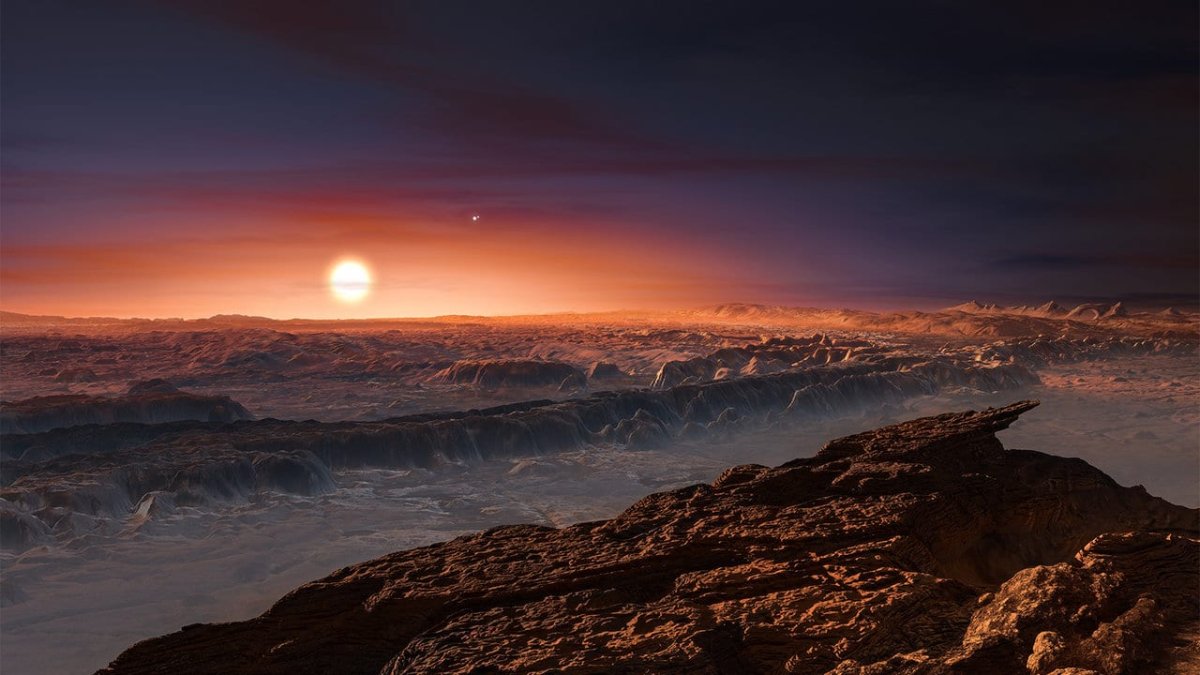
Exoplanets and Superflares
The discovery of Proxima b orbiting the Earth’s closest neighboring star, Proxima Centauri, gave hope to a possible habitable exoplanet relatively near our system — just 4.2 light years away. Because Proxima Centauri is a red dwarf star, it isn’t as hot as our Sun. This means Proxima b orbits nearer to its star than the Earth does the Sun in order to maintain a certain temperature.
It turns out this proximity could be a problem, according to researcher Dmitra Atri. Although Proxima b lies within the habitable (or goldilocks) zone, which raises its chances to have liquid water on its surface, Atri believes it isn’t enough to consider Proxima b habitable. As past studies have shown, exoplanets like Proxima b could be exposed to frequent superflares from their stars.
Atri, a scientist at the Blue Marble Space Institute of Science in Seattle, ran computer simulations to figure out just how much flares affect exoplanets. Specifically, the simulations modeled the possible interactions of protons released during flares to a planet’s atmosphere. The models considered the various factors that affect just how much radiation flares could deliver, including atmospheric thickness, magnetic field strengths, and the strength of the flares themselves.

Understanding the worlds around us
“I would say that it is too premature to call Proxima b habitable,” Atri explained to Space.com. “There are many factors that would decide whether such a planet can sustain a biosphere. More data will help clarify the situation.”
Atri’s models revealed that Proxima b could survive these superflares if its atmosphere and magnetic fields were similar to Earth’s. If, however, its atmosphere was even just slightly thinner or its magnetic fields were weaker, Proxima b would be exposed to extinction-level superflares. The survival of life on Proxima b depends, it would seem, on just how Earth-like this exoplanet really is. Atri’s work was published in the Monthly Notices Letters of the Royal Astronomical Society.
Studies like this reveal more detail about the worlds surrounding us. Recent technological developments and discoveries made by the various existing space exploration devices allow us to create more accurate computer models. With the coming of even better technology in the next couple of years, we may be able to finally confirm whether or not these so-called other Earths are truly habitable.